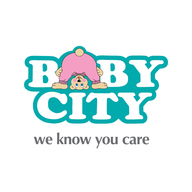
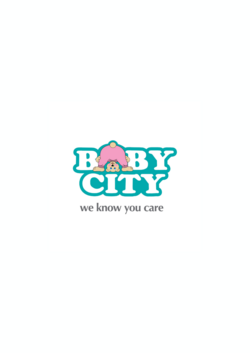


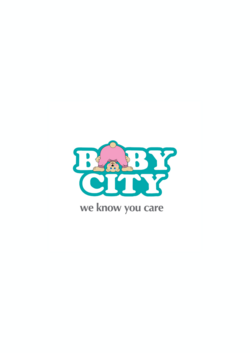


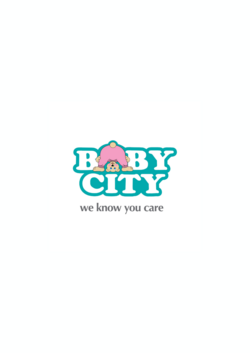



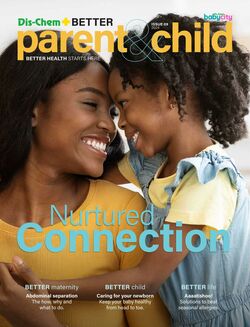

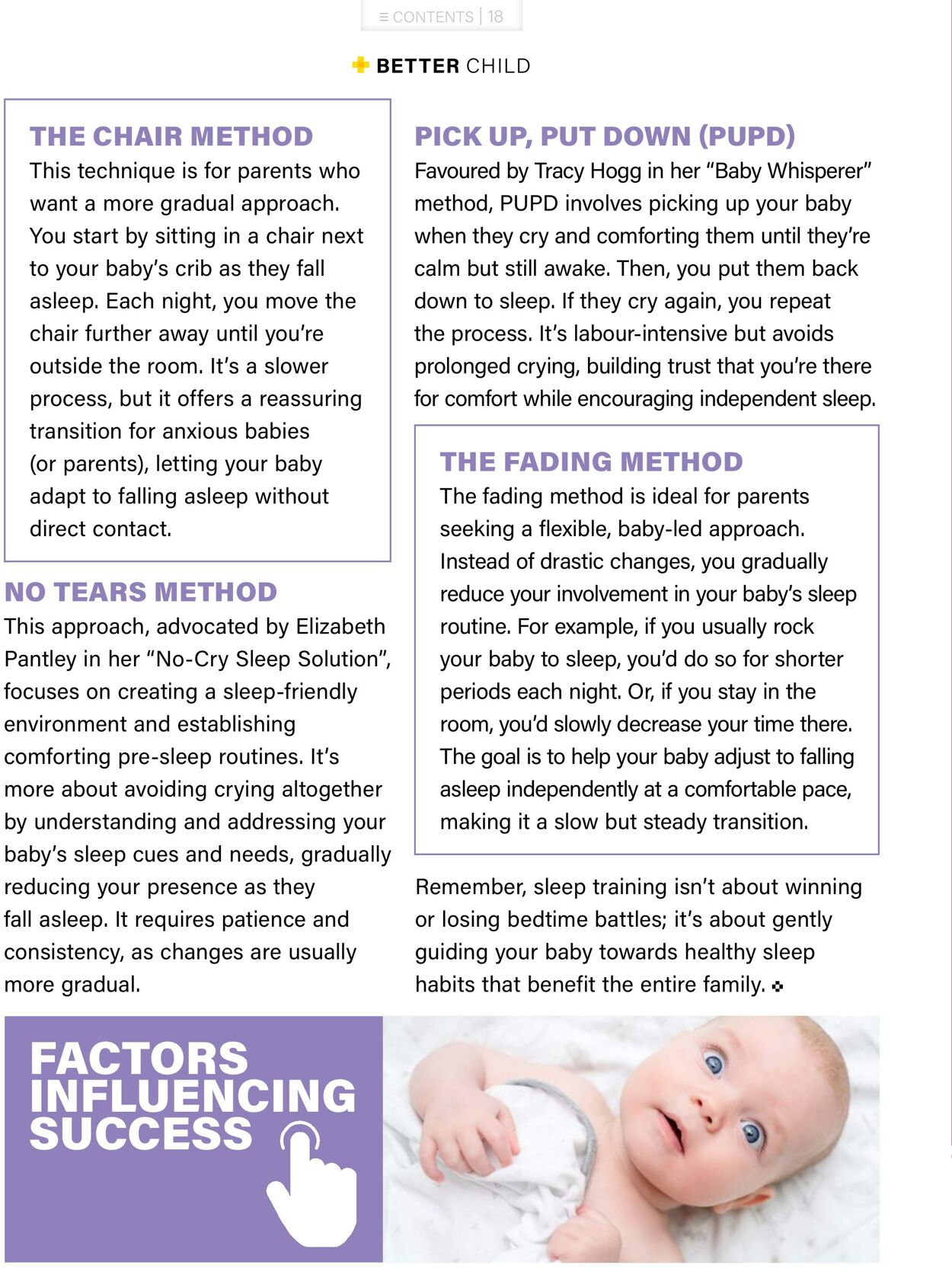
Products in this catalogue
“© BETTER CHILD THE CHAIR METHOD This technique is for parents who want a more gradual approach. You start by sitting in a chair next to your baby’s crib as they fall asleep. Each night, you move the chair further away until you're outside the room. It’s a slower process, but it offers a reassuring transition for anxious babies (or parents), letting your baby adapt to falling asleep without direct contact. NO TEARS METHOD This approach, advocated by Elizabeth Pantley in her “No-Cry Sleep Solution”, focuses on creating a sleep-friendly environment and establishing comforting pre-sleep routines. It’s more about avoiding crying altogether by understanding and addressing your baby’s sleep cues and needs, gradually reducing your presence as they fall asleep. It requires patience and consistency, as changes are usually more gradual. PICK UP, PUT DOWN (PUPD) Favoured by Tracy Hogg in her “Baby Whisperer” method, PUPD involves picking up your baby when they cry and comforting them until they're calm but still awake. Then, you put them back down to sleep. If they cry again, you repeat the process. It's labour-intensive but avoids prolonged crying, building trust that you're there for comfort while encouraging independent sleep. THE FADING METHOD The fading method is ideal for parents seeking a flexible, baby-led approach. Instead of drastic changes, you gradually reduce your involvement in your baby’s sleep routine. For example, if you usually rock your baby to sleep, you'd do so for shorter periods each night. Or, if you stay in the room, you'd slowly decrease your time there. The goal is to help your baby adjust to falling asleep independently at a comfortable pace, making it a slow but steady transition. Remember, sleep training isn’t about winning or losing bedtime battles; it’s about gently guiding your baby towards healthy sleep habits that benefit the entire family. =
| Name | Details |
|---|